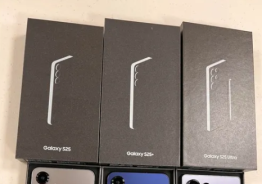The departed former boss of Google's Android division, Andy Rubin, revealed some interesting facts about Android. The operating system was first designed to power digital cameras; however, with the fall in camera sales, Andy Rubin and his team thought it would be wise to take a different route.
Six years later, and Android has become the largest smartphone operating system in the world, so it seems Android co-founder Rubin and his team made a smart move.
"The exact same platform, the exact same operating system we built for cameras, that became Android for cellphones," said Rubin, who spoke at an economic summit in Tokyo, according to PC World.
The plan for Android back then was pretty decent, and could have still made a dent in the tech industry if digital cameras were on the up and coming. Rubin said the initial plan was to create a camera platform that could connect to the cloud for storing photos.
Andy showed a slide he used all those years ago, when he was trying to pitch the idea to investors. It includes a camera connected wirelessly and by wire, which was then linked to what is called an "Android Datacenter."
After that, Rubin decided it would be best if Android was used in handsets, and so the team declared Android an "open source handset solution."
"We decided digital cameras wasn't actually a big enough market," said Rubin. "I was worried about Microsoft and I was worried about Symbian, I wasn't worried about iPhone yet."
Rubin realized there was an opportunity for Android to strike fast and hard due to the amount of money phone makers had to pay to use competing operating systems. He believed that by making Android free, the operating system could potentially shake up the market, and that it did.
Rubin is no longer the poster boy for Android, as he has stepped down to do some new, undisclosed work at Google.
© Copyright 2026 Mobile & Apps, All rights reserved. Do not reproduce without permission.














